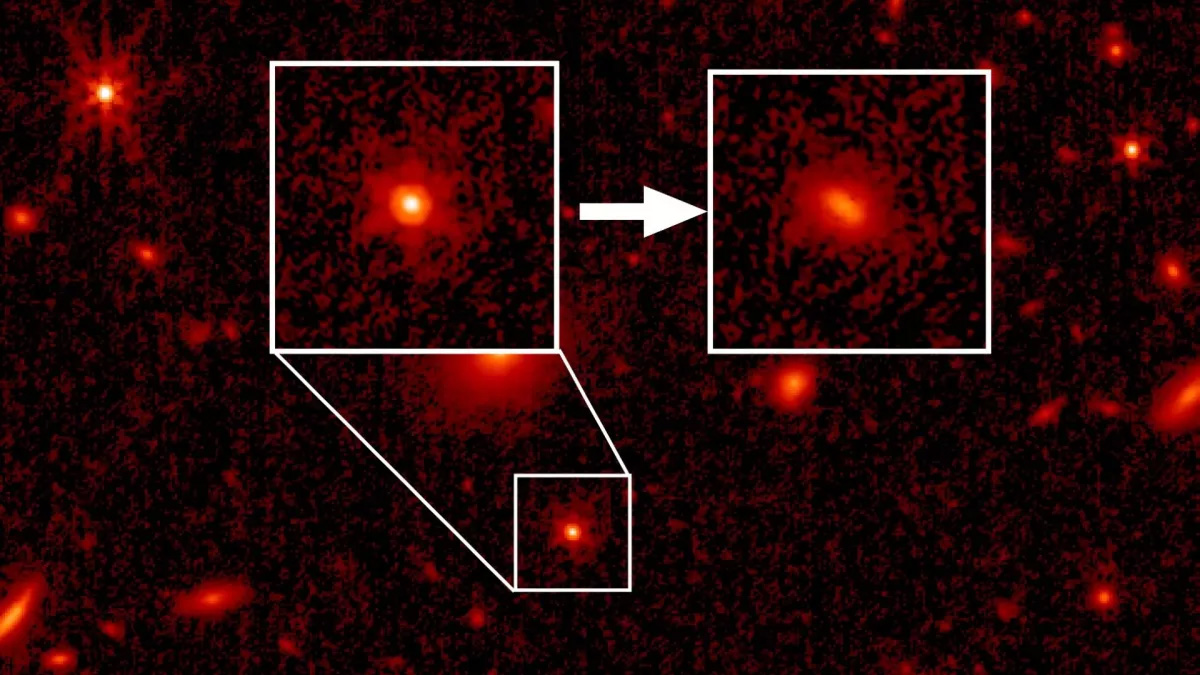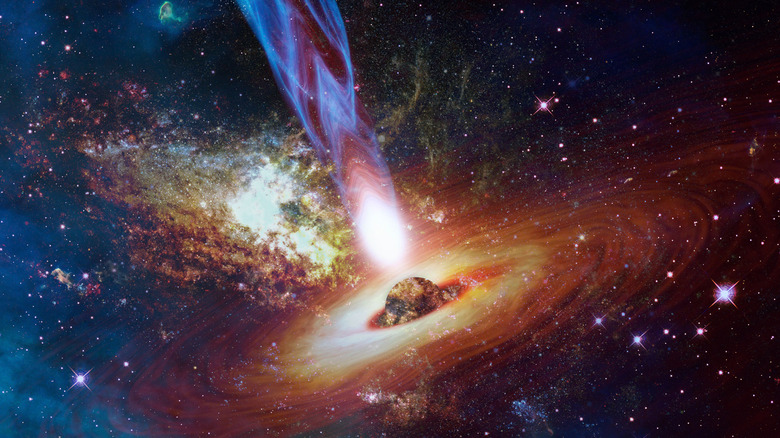James Webb Spots First Starlight From Ancient Quasars In Mind-Blowing Discovery
James Webb has managed to do some crazy things. Not only has it captured some amazing images of our universe, but it has also peered 11.5 billion years into the past at the "rainbow knot." Using the telescope, astronomers have looked even deeper into the past, spotting starlight from some of the most ancient quasars we have ever observed.
The two galaxies that they observed were seen as they were when our universe was less than one billion years old. Our universe is now estimated to be around 13.8 billion years old, making these some of the most ancient galaxies that we've observed to date. Light from these galaxies reportedly took 12.9 and 12.8 billion years to reach Earth, the astronomers say.

The observations of these ancient quasars revealed that the mass of the galaxies is between 130 billion and 30 billion times that of the sun, and that the masses of the black holes within those galaxies is 1.4 billion solar masses and 200 million solar masses. This information is not only enlightening about these early galaxies, but also shows that the mass of these early galaxies and their black holes is similar to what we see in observations of more recent galaxies.
We consider quasars some of the most extreme cosmic entities in our universe, and for good reason. These entities are powered by supermassive black holes surrounded by dust and gas, much of which is accreted to the black holes in the center of the galaxies they reside in. Quasars are especially known because of their bright light, and while all galaxies have supermassive black holes, not all these black holes become quasars.
What causes quasars is a bit of a mystery still, though astronomers believe that the masses of these supermassive black holes are somehow related to a chain of galactic mergers which feed the black holes in the centers, creating the powerful entities needed to power quasars. This new discovery helps us see how far back these ancient quasars can be found, though, which is exciting for those trying to unravel the mysteries of the early universe.
